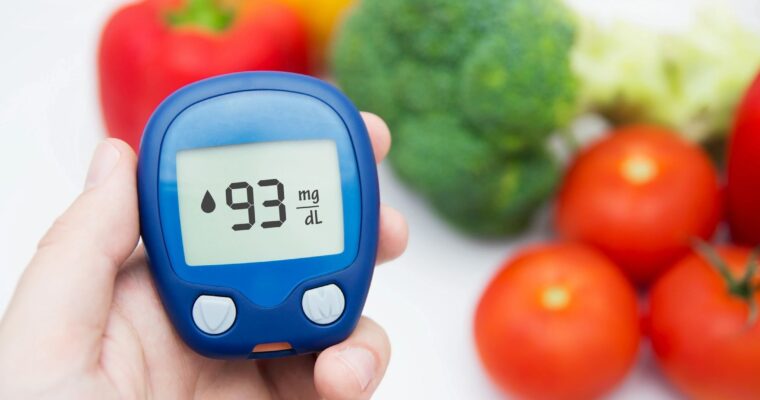Green Tea, our most common questions!!!
Dr. Claire Arcidiacono, ND
Green Tea is probably one supplement that everyone has heard of! It’s probably been written about by almost everyone, including me! So why write about it again you ask? Well it’s recently come to my attention that even though green tea has been written about a million times before people still have unanswered questions. S o I figured this would be a great time to review some of these commonly asked questions!
Let’s start with the most common question, shall we? Is green tea safe to use? In a meta-analysis looking at the effects of green tea on the liver it was found that not only is green tea safe it “reduced the risk of liver disease”. (1) According to the cancer research UK website green tea is safe for humans to use. (2) So yes both studies and my own clinical experience show me that green tea is safe to use!
Another common question I get asked is about blood pressure. Many people call and ask if it’s safe to use green tea if they have high blood pressure. My first question would be do you have a sensitivity to caffeine? If the answer is no then great Invite has a form both with and without caffeine. If you are not sensitive then either form is fine for you. If you are sensitive then Invite’s liquid extract would be better choice since it’s caffeine free and studies show that caffeine free green tea is perfectly safe for those with high blood pressure. (3)
The next question I get asked about green tea is it safe if I’m on blood thinners? Well it’s a bit complicated. For this blog I’ll stick to Coumadin or warfarin. Remember if you have any questions you can always reach out to a qualified Invite nutritionist. But let’s get back to the topic, shall we? Green tea normally contains Vitamin K which can interfere with Coumadin. (4) Invite Health’s Green Tea Tx liquid extract is free of Vitamin K! So yes it is safe to use.
Moving on to one of my last questions. If I have cancer should I be using green tea alongside my conventional treatment? This is a complex question. Numerous studies have found green tea may have anti-cancer benefits. (5) Part of the reason that green tea has so many benefits is that it contains powerful antioxidants. While this is fantastic for our health before and even after cancer treatment it can be a concern if green tea is used during treatments. Studies have found that using antioxidants can protect cancer cells and render the treatments not as effective as they should be. (6) For anyone with a personal or family history of cancer adding green tea can be a great idea. (5) It is just better to use it after treatments are complete, not during them.
Last but not least how can you incorporate Invite’s green tea into your day? Invite’s Green Tea Hx capsules can be taken with your daily supplements. Green Tea Tx liquid can be added to many things! For example you can add it to plain water to increase your water intake. You can also mix it into juice, tea and even smoothies! As I always say be creative.
Our next topic will be how to deal with low energy during cancer and cancer treatments.
Sources
- https://www.ncbi.nlm.nih.gov/pmc/articles/PMC4538013/
- https://www.cancerresearchuk.org/about-cancer/treatment/complementary-alternative-therapies/individual-therapies/green-tea
- https://www.sciencedirect.com/science/article/abs/pii/S0021915012004522
- https://www.staugustine.com/story/lifestyle/2019/01/05/dr-roach-tea-normally-safe-with-warfarin/6377064007/
- https://www.sciencedirect.com/science/article/pii/S1756464620303960
- https://www.oncolink.org/cancer-treatment/radiation/support/supplement-use-during-radiation-therapy







